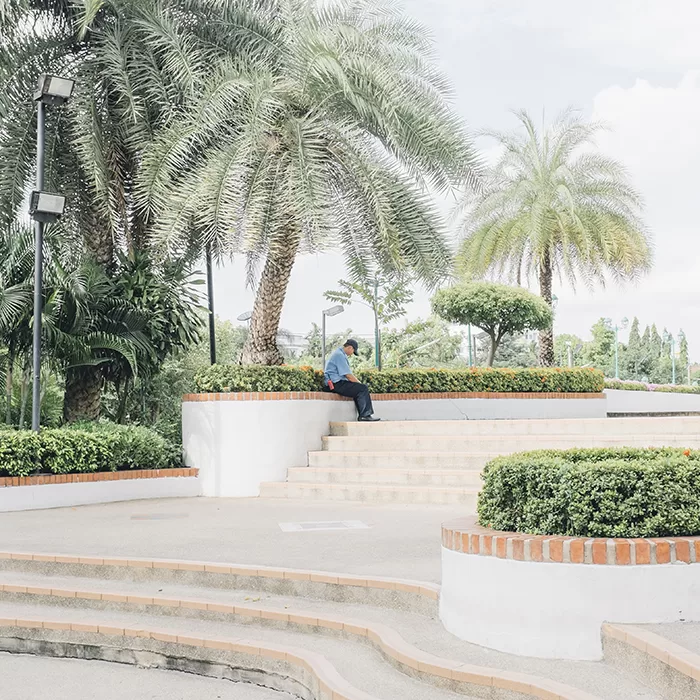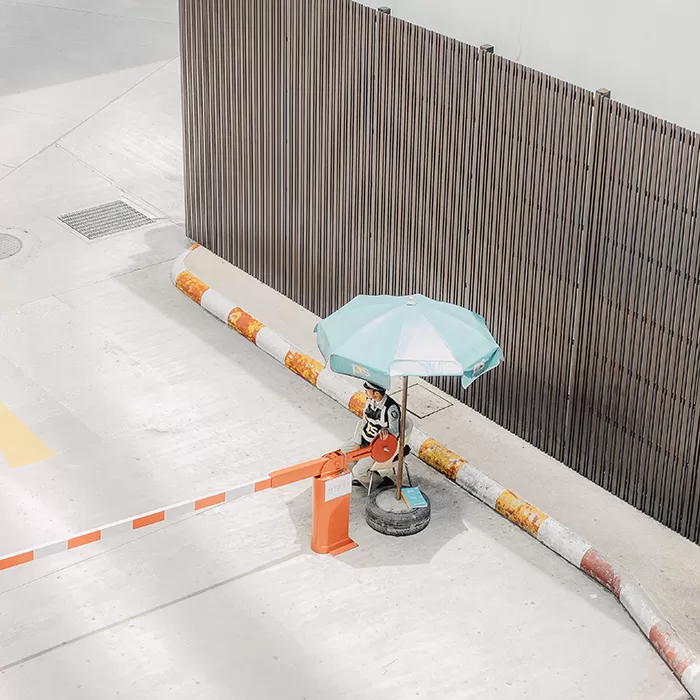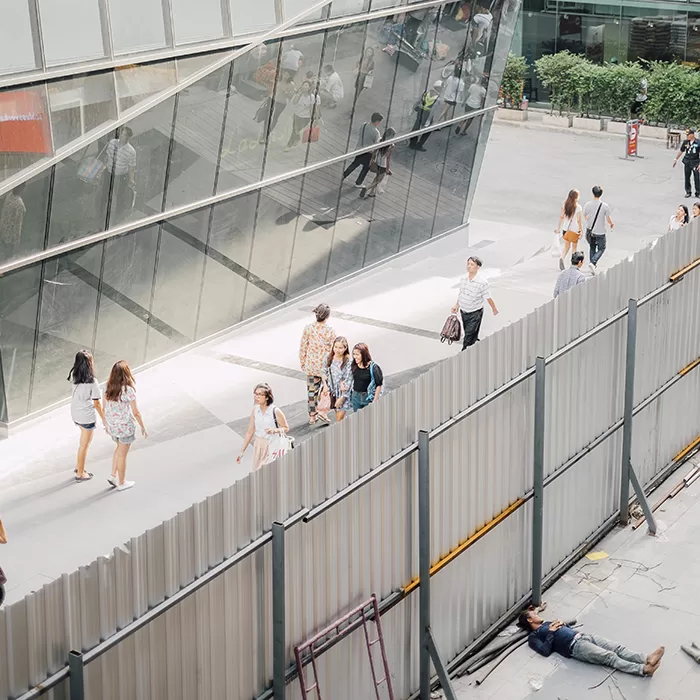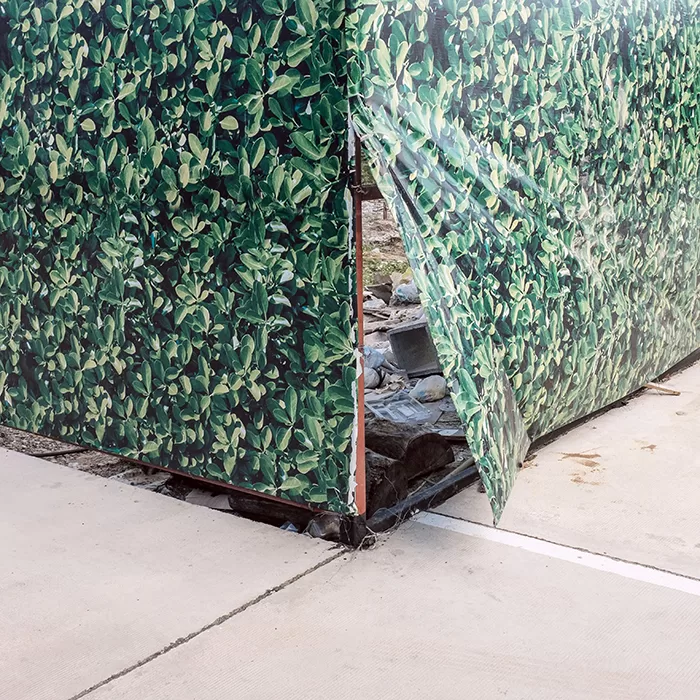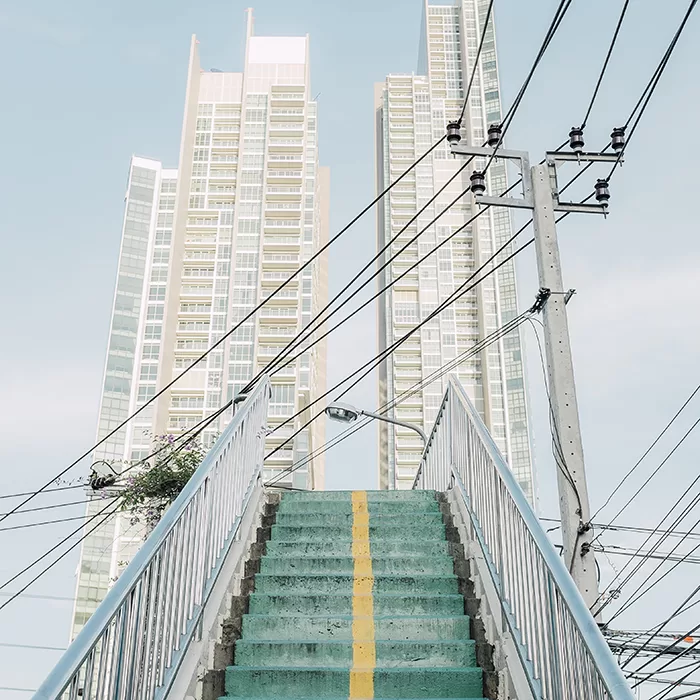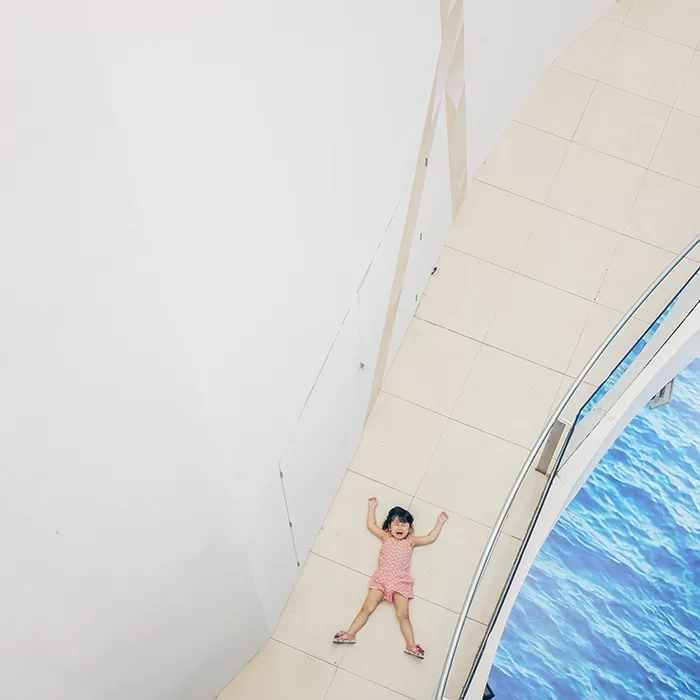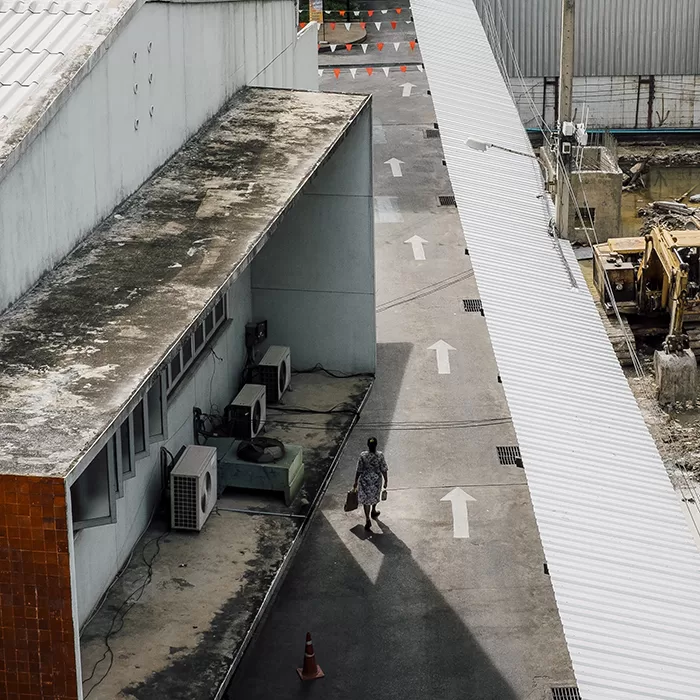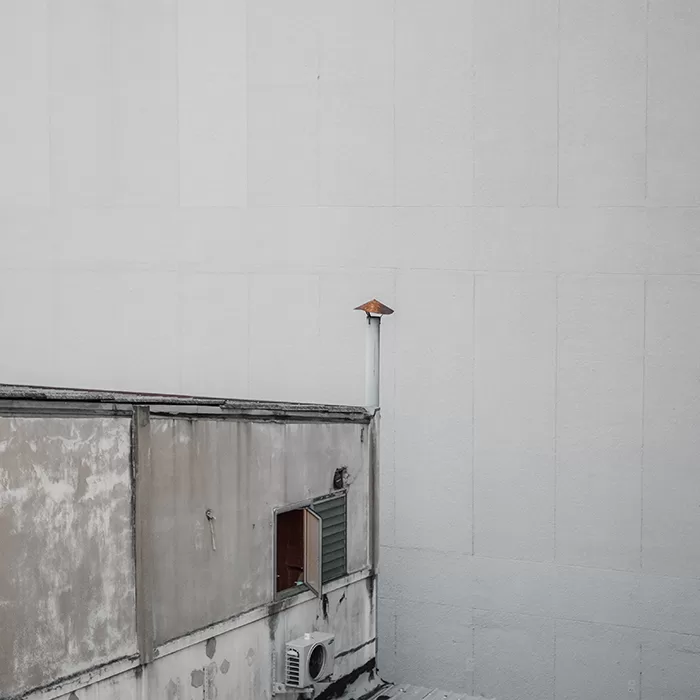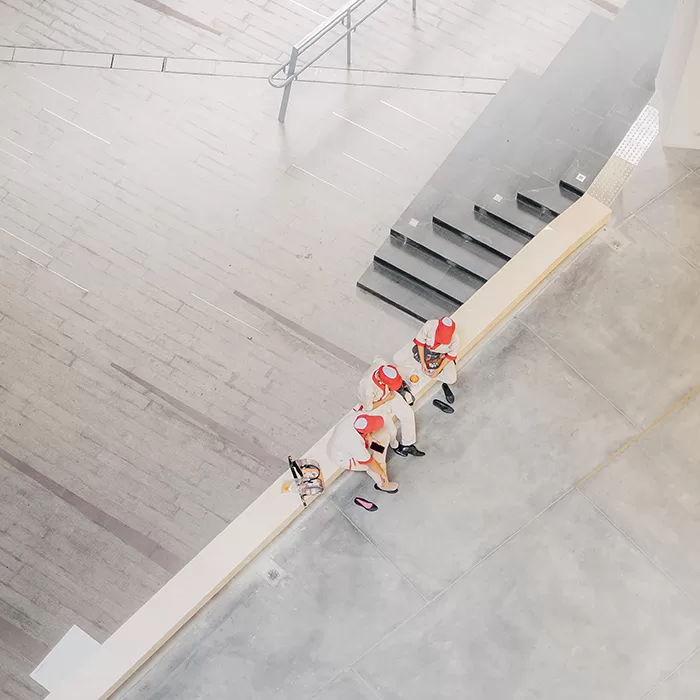Adam Birkan – Social Observations; the basic principles of living
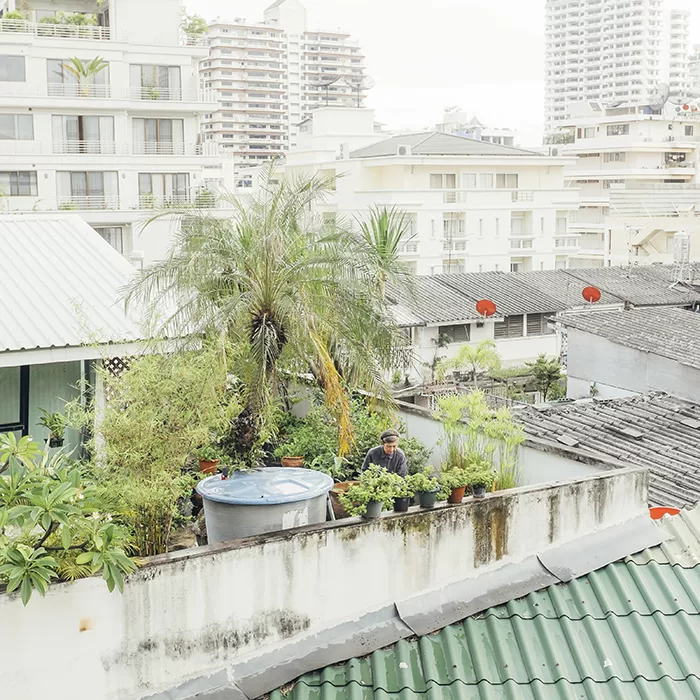
How we inhabit the landscape, manufactured or natural, has become a recent fascination with many creatives. More than ever, the ‘everyday’, a term that is overused, has formed a lot of photographer’s practice. It is understandable if we think about what we have at our disposal to photograph. When we visit a place as an outsider, the way the world works becomes the first thing we see. The language is different, the signs are different, the roads are backwards and you have no bloody clue where on earth left or right is. These are very surface things but they build a very thin sheet to work from to form complex observations, social observations if you will.
The way we interact with our landscape, both socially and physically varies considerably from person to person. We aspire to own a house, a car – to work a decent job to buy decent things. We aspire for what we are told to aspire to. We follow zebra crossings; abide by traffic laws and laws of the country. These are very basic principles of living.
See the lady walking where signs repeatedly tell her to and observe the way the city guides us through logical walks. See the man waiting for cars to enter a car park, engulfed in an overly absorbent orange and turquoise. Observe the lines of workers, walking and walking, working, talking, anything, anything at all. The busy street is pounded with different feet, relentlessly plodding, relentlessly thinking, wondering, working and living. Notice the man lying behind a corrugated fence easing the day’s workload, even for five minutes.
The city is invasive but structural to our day. The city can seem repetitive, glorious and hideous depending on our emotional mindset. The city sees every action that passes it but it does not remember anything. It is just stone and bricks after all. It would be absurd to imply the city had eyes and that it saw us and thought ‘thank god I’m not doing that’. It just looks on at the same scene it will ever see. The scene we have placed around it. Only we can move them, destroy them and rebuild them. Only we can give them a different view or no view at all.
Implications of how we grow and how we interact at different ages is a prominent key to understanding the work of Adam Birkan, in this case his series, All That Glitters. The photographs take an order of daily life, moving as the hours do until the day draws to a close.
Legs rest. Limbs are tired from mental and physical exhaustion for we have traded, conversed and revelled in the tasks set for that day. The city has done nothing but guide us.
Nothing at all.
We are submerged in our landscape, busy and frantic to the point of not realising that the world is getting older and so are we. And like the line of oblivious workers, we ultimately find ourselves in lines, embedded in the city we walked through for so many years. This gradual, exhausting and beautiful notion called life.
